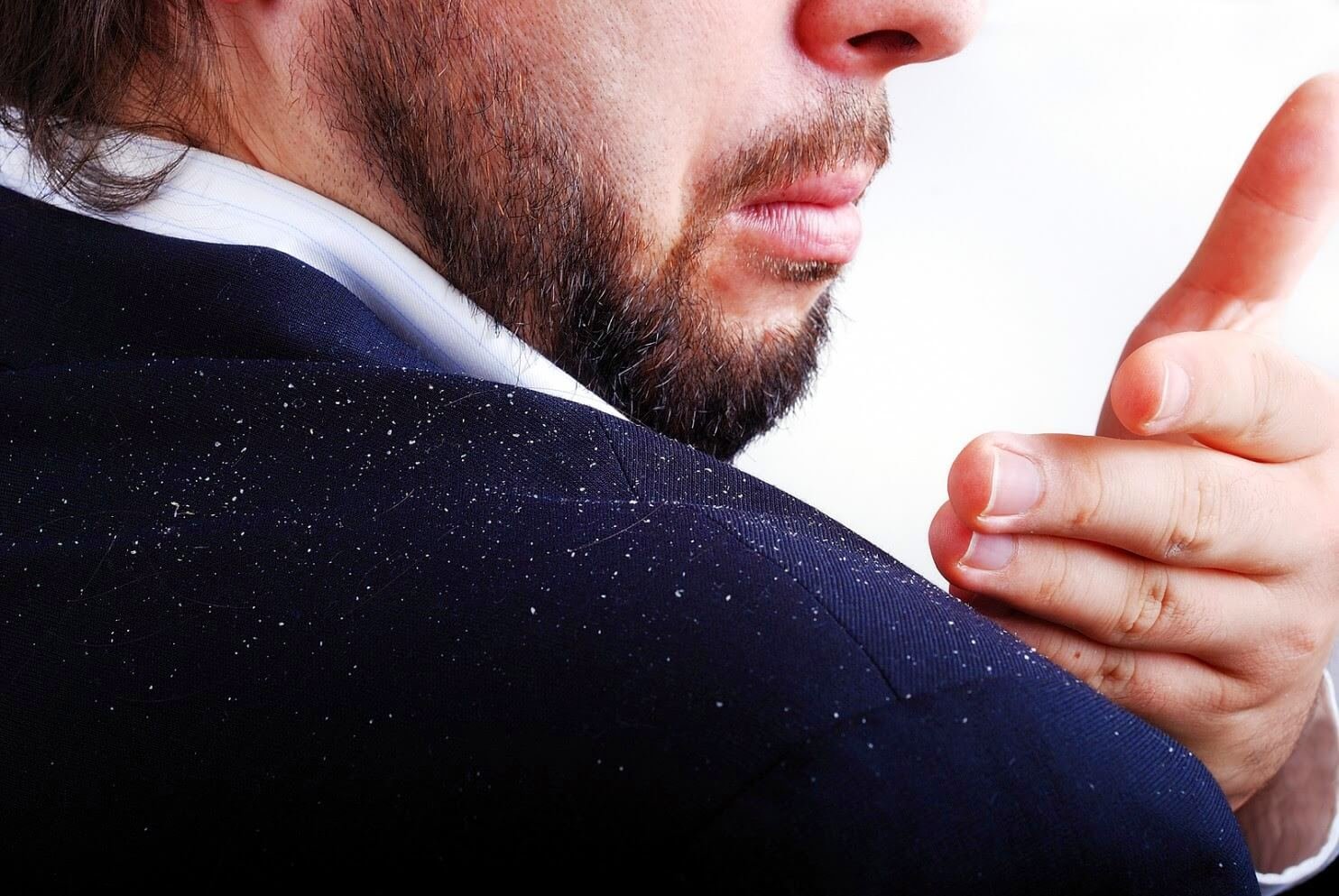Growing of beard either long or short can truly be marvelous however when you have an infection in your beard through the beard hair loss fungus, you will feel chafed that you may even wish to remove the entire beard.
You don’t have to consider cutting your beard off in other to haul out the disease, in most circumstance trimming of the beard won’t slaughter the parasite yet finding a dependable arrangement is a key.
When you begin to see any infection in your beard all you have to first know is what type of infection it is and what could cause this infection. Here we will be digging into basic fungus infection and the treatment to everyone of this infection.
Fungi are well known to make their homes where skin surfaces meet. One of the most common fungal skin infections are caused by yeasts(such as Malassezia furfur or Candida), another cause can be dermatophytes such as Trichophyton, Microsporum, and Epidermophyton.
1. Folliculitis Barbae
What is Folliculitis Barbie?
This is a type of infection is related to the beard hair follicles. This infection can result in red lumps and may later develop into pus-filled spots. This infection comes along with itchiness.
Major cause?
The two major cause is bacteria and fungi.
What can cause this?
1. Uncut beard
2. Excessive sweat
3. Shaving “against the grain”
4. Having have an underlying skin condition like eczema
5. Failure to regularly clean or change the razor.
How to avoid this infection?
1. Adhere to regular and hygienic skin and beard cleansing regime
2. Always change your razor when needed
Treatment or solution to this infection?
In most situations, folliculitis resolves itself as long you stay away from what can cause the infection and you keep regular and hygienic skin, although this only happens if the symptoms are mild.
2.Tinea Barbae
What is it?
Tinea Barbae is a common infection which occurs often around the beard in males, particularly adult males and older adolescents. This infection can cause an inflamed rash and a scaly red rash. You may also notice the loss of hair in the affected area.
Tinea barbae is also the medical term for fungal infection of the hair in the bearded area and skin. This infection mostly affects the bottom area of the face but later it will extend to the neck. Due to the modern day hygiene practices Tinea barbae it has become uncommon these days. Tinea barbae can me mistaken for folliculitis but the difference is that infection of folliculitis is mostly due to bacteria but Tinea bar is mostly due to fungi, folliculitis can superimpose and exist beard fungus.
Major cause?
It is caused by a fungus.
Where can you get it?
1.Use of greasy or oily product on the face when you have an underlying medical condition.
2. Having contact with dogs, cattle, cats, and horses.
3.Sweating excessively
4. Transmitted during shaving with shared razors by barbers.
Signs and symptoms
1. Inflammatory lesions will become typically red
2. Itchiness of the skin without any clearly visible rash.
3. Swelling of the skin
4. Nodules on the skin with oozing discharge
5. Non-inflammatory appears less red and swollen
6. Hairy areas affected with a fungal infection may develop kerions.
Treatment of Tinea Barbae
1. Remove hair in the area and using topical antifungals.
Antifungal medication includes:
Fluconazole
Griseofulvin
Itraconazole
Terbinafine
Follow the instruction given to you by the doctor or seller.
How to prevent this?
1. Use a clean razor to shave the bearded area.
2. Do not share razors and ensure your barber make use of clean or new blades when shaving.
3. Do not share personal items like towels with a person who has tinea barbae.
4. Do not touch the face after touching animals without first washing the hands.
5. Treat any part of the body that contact this infection to avoid cross infection between these areas and the beard area
6. Ensure that the skin is properly moisturized for optimal health.
3. Ringworm of the beard
What is ringworm of the beard?
The name ringworm may make you think the infection is caused by a worm but ringworm is a fungus infection which often occurs in the skin, hair, and nails. The medical name for ringworm of the beard is tinea barbae. Though ringworm is more common in children it does occur in men and if it happens to be in the beard it us called ringworm of the beard.
The ringworm of the beard often look round, bald patches and ring shape. It can also look like;
Dandruff: crusty, red, swollen areas with small bumps that look like blisters or patches of black dots.
What can cause this?
1. This infection is contagious and can be easily contacted by touching someone infected.
2. Sharing personal items such as hats, combs, brushes, towels, and clothing.
3. Contact with infected animals.
4. Contact with contaminated items such as shower or pool surface, combs, and unwashed clothing.
How to prevent this?
1. Throw away your brushes and combs, and try to get a new one once you notice you gave someone who has ringworm or when you start treating it.
2. At least set a day aside to wash your beard or had once a month. You can make use of shampoo to wash, make sure it contains selenium sulfide.
3. Don’t share hats, combs, brushes, or towels with others.
4. Wash your towels, bed sheets and clothes in hot water.
5. Keep your skin clean and dry.
Major cause?
It is caused by a fungus
Signs and symptoms
1. Begins as a small pimple that progressively expands in size
2. Affected areas are often red, itchy, and inflamed, with scaly patches that may blister and ooze.
3. You start to notice the appearance of a ring with patches that are around the outside with a more normal skin tone in the middle.
Treatment for ringworm
The treatment for ringworm varies due to the different type of fungus. So the particular type of fungus invoke will determine the treatment some infection can go away spontaneously and no treatment is given.
Some general treatment are;
1. Make use of shampoo along with pills prescribed by the doctor
2. Take antifungal drugs.

